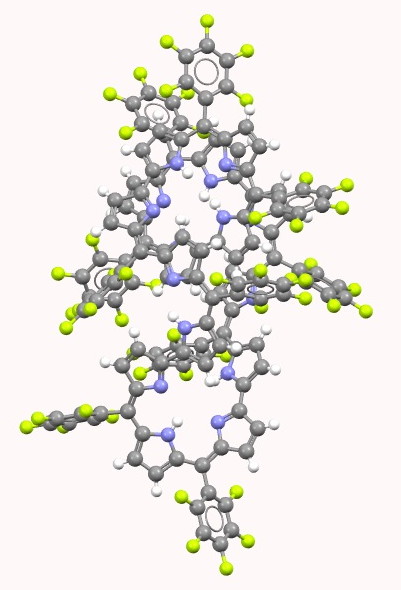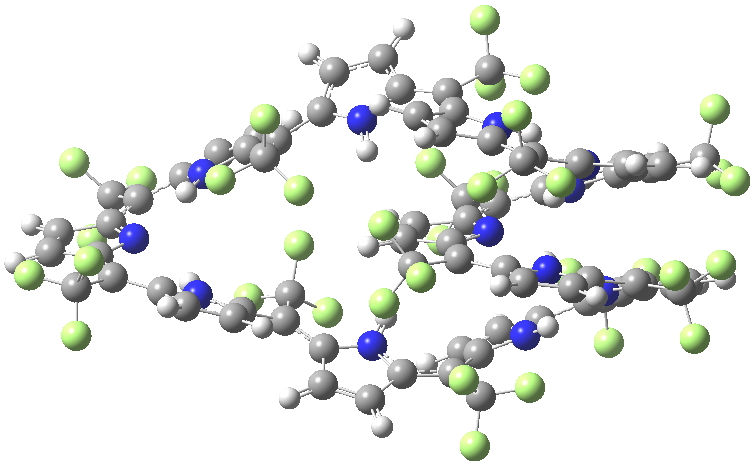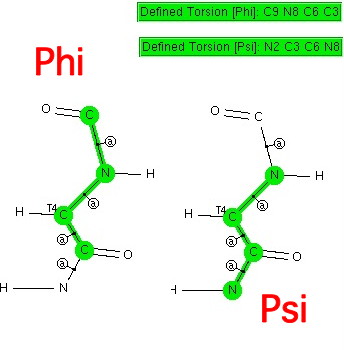I mentioned in the last post that one can try to predict the outcome of electrophilic aromatic substitution by approximating the properties of the transition state from those of either the reactant or the (presumed Wheland) intermediate by invoking Hammond’s postulate. A third option is readily available nowadays; calculate the transition state directly.
The electrophilic substitution of indoles is a staple of any course on organic chemistry.
Infra-red spectroscopy of molecules was introduced 110 years ago by Coblentz as the first functional group spectroscopic method (” The structure of the compound has a great influence on the absorption spectra.

I conclude my exploration of conformational preferences by taking a look at esters. As before, I start with a search definition, the ester being restricted to one bearing only sp3 carbon centers.

My last comment as appended to the previous post promised to analyse two so-called extended porphyrins for their topological descriptors.

An extensive discussion developed regarding my post on a fascinating helical [144]-annulene.

This is really just a postscript to the previous post.

Amides with an H-N group are a component of the peptide linkage (O=C-NH). Here I ask what the conformation (it could also be called a configuration) about the C-N bond is. A search of the following type can be defined:
Consider acetaldehyde (ethanal for progressive nomenclaturists). What conformation does it adopt, and why? This question was posed of me by a student at the end of a recent lecture of mine. Surely, an easy answer to give?
In a previous post, I set out how to show how one can reduce a 1H NMR spectrum to the structure [A] below. I speculated how a further test could be applied to this structure; back predicting its spectrum using just quantum mechanics. Overkill I know, but how well might the two match?
The electronic interaction between a single bond and an adjacent double bond is often called σ-π-conjugation (an older term for this is hyperconjugation), and the effect is often used to e.g. explain why more highly substituted carbocations are more stable than less substituted ones.